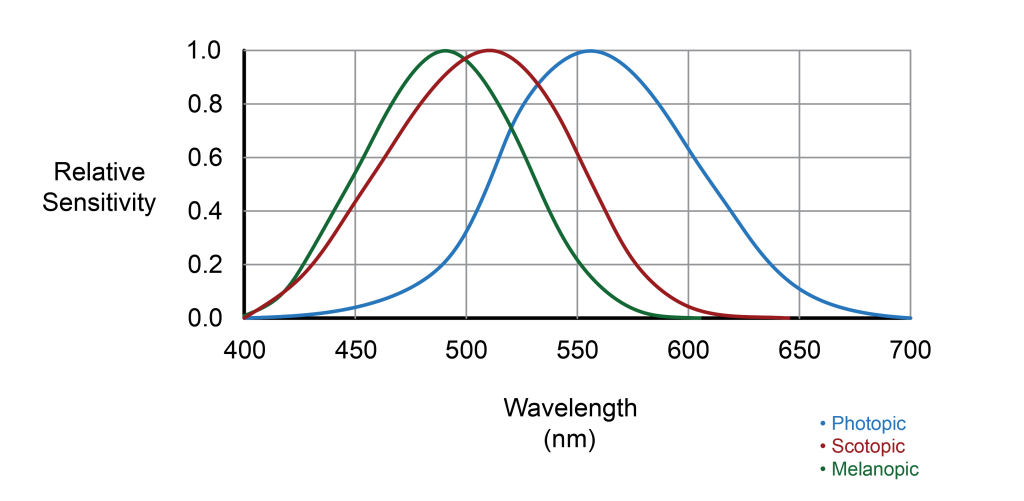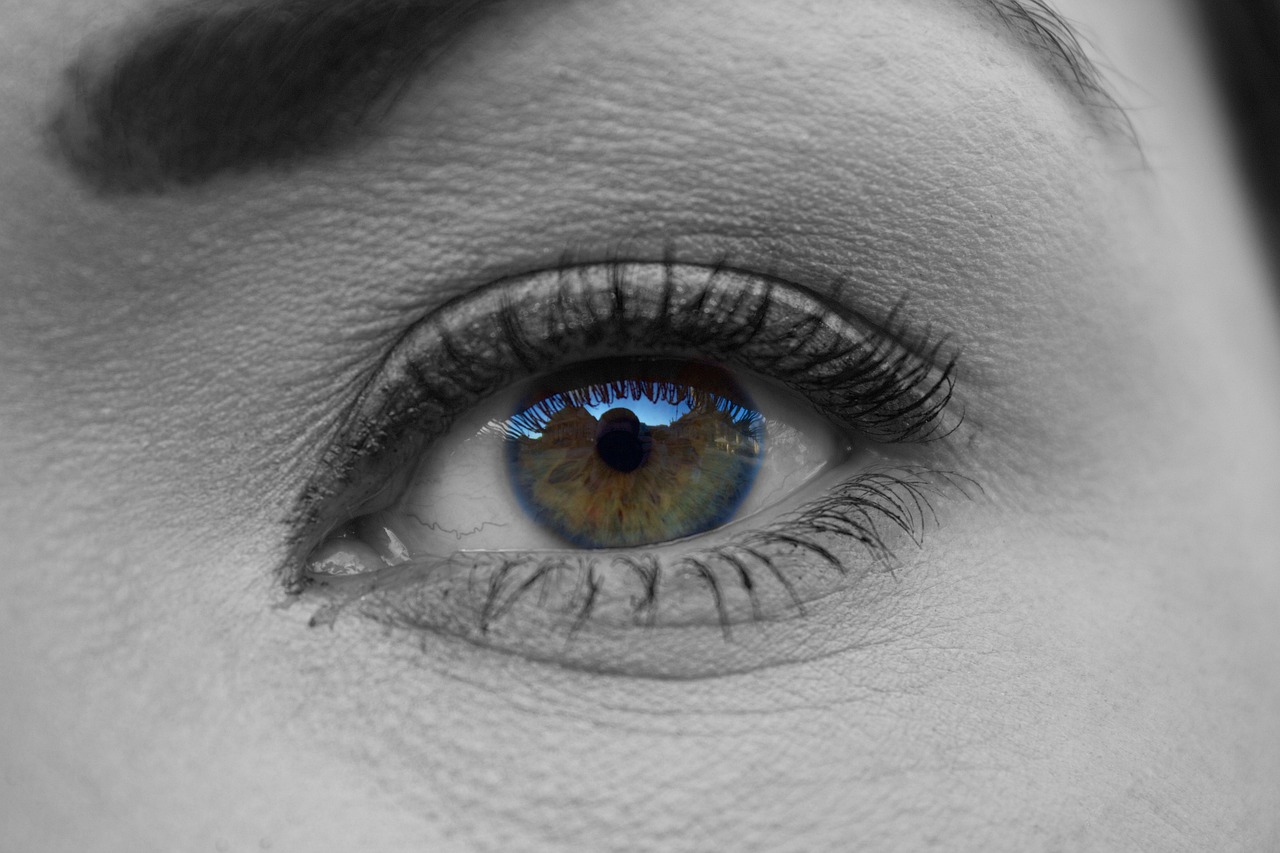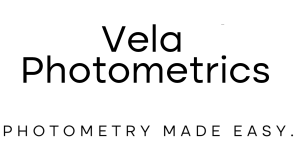Understanding the different types of photoreceptors in the eye and how they process light helps distinguish traditional focuses in lighting design from emerging trends in topics such as street lighting and circadian design. The human eye has three different photoreceptors, with each having its own associated spectral sensitivity.
Photoreceptors
Photoreceptors are cells that convert light into electrical signals that the brain can process as vision. The human eye contains the following photoreceptors:
- Cones: Providing humans with high visual acuity, cones handle the bulk of our visual perception in both daylit and artificially illuminated environments (Lamb, 2016). Because of this, most lighting design practices and associated metrics focus on photopic light.
- Rods: Providing humans with vision in low light levels, particularly during extended periods in darkness, rods make up the majority (~95%) of human retinal photoreceptors. The reason for their majority presence comes from our evolutionary ancestors, who spent a great deal of their lives in darkness. (Lamb, 2016)
- Intrinsically photosensitive retinal ganglion cells (ipRGCs): Discovered in the late 1990s, ipRGCs are associated with nonvisual photoreceptive tasks, notably the control of circadian rhythm (Provencio et al., 1988). Because of its role in wakefulness and productivity, the effects of light on circadian rhythm have become a popular topic in lighting design, with several models competing to best describe effective circadian design (Figueiro et al., 2016; WELL Performance Verification Guidebook).

Visual Spectral Sensitivities
Each type of photoreceptor is sensitive to different wavelengths of light. The following three apply to human photoreceptors:
- Photopic: In a photopic response, both the cones and rods are activated, but the rods are saturated, meaning that only the cones produce a visual signal (Schwiegerling, 2004).
- Scotopic: A scotopic response occurs when light levels activate the rods, but are not high enough to activate the cones (Schwiegerling, 2004).
- Mesopic: A mesopic response occurs when both rods and cones are activated within ranges that contribute to vision (Schwiegerling, 2004).
Because most human activity occurs under well-lit conditions, lighting design focuses on photopic vision, which is the basis for manufacturer-provided lumen and candela values. Outside of this focus, there is also a rising interest in scotopic, and especially mesopic sensitivities, with the latter being of recognized importance to street light and other outdoor, nighttime environments. (Photopic, Mesopic, Scotopic – Concepts, 2021)
Non-Visual Spectral Sensitivity: Melanopic Illuminance
Conclusion
Lighting design is not only a form of visual art but a science. As humans push to create healthier living environments with smoother functionality, effective lighting design increasingly expands into concepts of low-level and non-visual light. Because of this, having a complete understanding of modern lighting design requires a foundational understanding of how the human eye processes different types of light.
References
Lamb T. D. (2016). Why rods and cones?. Eye (London, England), 30(2), 179–185. https://doi.org/10.1038/eye.2015.236
Provencio, I et al. “Melanopsin: An opsin in melanophores, brain, and eye.” Proceedings of the National Academy of Sciences of the United States of America vol. 95,1 (1998): 340-5. doi:10.1073/pnas.95.1.340
Figueiro, M et al. (2016). “Designing with Circadian Stimulus.” LD+A Magazine. https://www.lrc.rpi.edu/resources/newsroom/LDA_CircadianStimulus_Oct2016.pdf
International WELL Building Institute. (2017). WELL Performance Verification Guidebook, Q2. http://a.storyblok.com/f/52232/x/94c76c0775/well-performance-verification-guidebook-w-q2-2017-addenda.pdf
Schwiegerling, J. (2004). Photopic V(λ) and Scotopic V′(λ) Response. Field Guide to Visual and Ophthalmic Optics. doi:10.1117/3.592975
Photopic, Mesopic, Scotopic – Concepts. (2021). https://docs.agi32.com/AGi32/Content/references/Photopic_Mesopic_Scotopic_-_Concepts.htm




